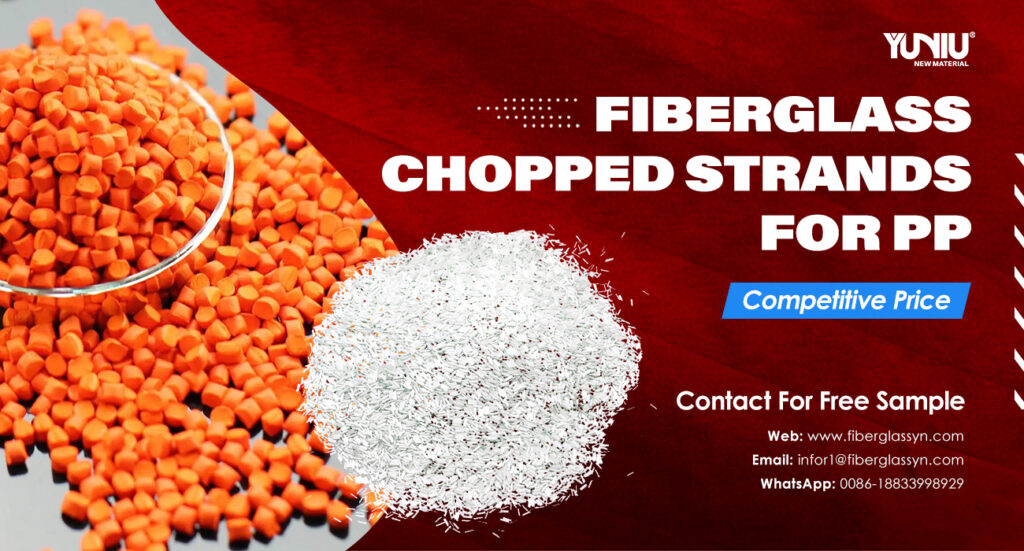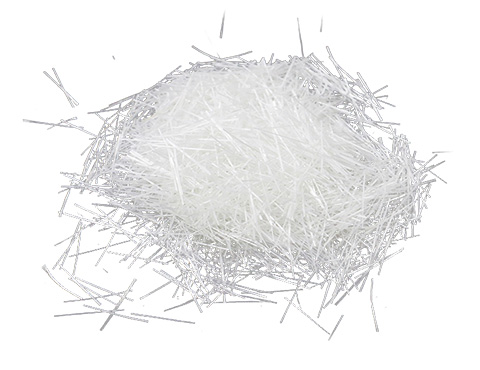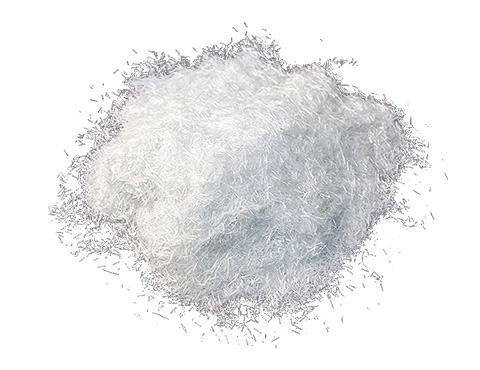
Introduce
With the continuous advancement of science and technology and the rapid development of the aviation industry, the design and manufacturing of aircraft are facing new challenges and opportunities. In this context, high-performance thermoplastic composite materials, as a new type of material with excellent properties, are gradually receiving widespread attention and application in the field of aerospace engineering.
High-performance thermoplastic composite material is a composite material composed of two or more different materials, which has the characteristics of high strength, high stiffness, and lightweight. It is composed of a polymer matrix and reinforcing materials (such as carbon fiber, fiberglass chopped strands, etc.), and is obtained by molding under high temperature and pressure. Compared with traditional metal materials, high-performance thermoplastic composite materials have the advantages of low density, good corrosion resistance, and long fatigue life, so they have attracted much attention in the aviation field.
Secondly, civil aviation has a growing demand for high-performance thermoplastic composites. With the rapid development of the aviation industry and the increasing requirements for flight safety, range, and economy, traditional metal materials have gradually exposed a series of limitations. In contrast, Thermoplastic fiberglass chopped strands have better comprehensive properties and can meet the requirements of lightweight materials, strength enhancement, fatigue resistance, corrosion resistance, etc. in aerospace engineering, so they are favored by aerospace manufacturers and designers. From aircraft fuselages to engine parts to interior design, high-performance thermoplastic composites have broad application prospects.
High-performance thermoplastic composite materials have broad application and development prospects in the field of civil aviation. The following will provide an in-depth discussion of the specific applications and development trends of this type of materials in aerospace engineering, as well as the challenges and solutions they face, with a view to contributing to the development of aerospace materials technology.
High-performance thermoplastic composites for civil aviation applications
High-performance thermoplastic composite materials, as an advanced material with excellent properties, have been widely used in the field of civil aviation. Its unique advantages and characteristics make it an indispensable part of aerospace engineering.
- First of all, high-performance thermoplastic composite materials have extremely high strength and stiffness, and are lighter in weight and have better mechanical properties than traditional metal materials.
- Secondly, this type of Thermoplastic fiberglass chopped strands has excellent corrosion resistance and fatigue resistance, and can maintain long-term stable performance in harsh aviation environments.
- In addition, high-performance thermoplastic composite materials also have good formability and processability, can meet the needs of complex structures, and provide more possibilities for aircraft design.
In the field of civil aviation, high-performance thermoplastic composite materials have been widely used in various aspects, including fuselage structures, engine parts and interior design.
- Body Structure:
The application of Thermoplastic fiberglass chopped strands in civil aviation fuselage structures has significant advantages. Not only do these materials have high strength and stiffness, they can also significantly reduce the weight of aircraft and improve fuel efficiency and flight performance. For example, components such as the vertical tail, horizontal tail, and rudder surfaces of many modern civil aircraft are made of thermoplastic composite materials to achieve better flight control and structural stability.
- Engine Parts:
In the field of civil aviation engines, fiberglass for thermoplastic is also widely used in the manufacturing of various key components. For example, components such as turbine blades, compressor blades and combustion chambers can be made from thermoplastic composites to improve engine performance and durability. These materials have excellent high temperature and corrosion resistance and can maintain stable performance in extreme working environments.
- Interior Design:
Thermoplastic Chopped Strands also play an important role in the interior design of civil aviation aircraft. For example, components such as seat structures, cabin panels and storage bins are often made from thermoplastic composites to achieve a lighter design and a more comfortable ride. These materials can not only improve the aesthetics and comfort of interior design, but also meet aviation safety and environmental protection requirements.
Through the analysis of the above practical application cases, it can be seen that Thermoplastic composite material is widely used in civil aviation and demonstrates its superior performance and potential value in different fields.
Development Trend of High-Performance Thermoplastic Composite Materials in Civil Aviation
In the field of civil aviation, high-performance thermoplastic composite materials are constantly ushering in new development trends. These trends not only involve technological innovation and breakthroughs, but also include sustainable development and environmental awareness, as well as future development directions.
Technological innovation and breakthrough
With the continuous advancement of science and technology, chopped strands for thermoplastic are facing more technical challenges and development opportunities in the field of civil aviation. In the future, with the continuous introduction of new materials, new processes and new equipment, it is expected that there will be more technological innovations and breakthroughs, thereby further improving the performance and application scope of thermoplastic composite materials in the aviation field.
Sustainable development and environmental awareness
As global environmental issues become increasingly prominent, sustainable development and environmental awareness have become important trends in the civil aviation industry. Thermoplastic fiberglass chopped strands have the advantages of lightweight, corrosion resistance, high strength, etc., which can effectively reduce the weight and fuel consumption of aircraft, reduce carbon emissions, and thus comply with environmental protection requirements. In the future, it is expected that more airlines and aircraft manufacturers will choose to use chopped strand for Thermoplastics to build more environmentally friendly aircraft and integrate sustainable development concepts into product design and manufacturing processes.
Future development directions
The future development direction of high-performance thermoplastic composite materials in the civil aviation field mainly includes the following aspects:
- Further improvement of material properties: It is expected that more new types of chopped strands for thermoplastic will appear, and their mechanical properties, heat resistance and corrosion resistance will be further improved to meet the ever-increasing demand for material properties in the aviation field.
- Improvement and innovation of manufacturing processes: With the continuous improvement and innovation of manufacturing processes, it is expected that more efficient and low-cost composite manufacturing processes will emerge, thereby reducing production costs and improving production efficiency.
- Expansion of application fields: In the future, with the further improvement of the performance of thermoplastic composite materials and the improvement of manufacturing processes, it is expected that its application fields in the civil aviation field will be further expanded to cover more aircraft parts and aviation devices, bringing great benefits to the aviation industry. Greater room for development.
Through an overview of the development trends of Thermoplastic fiberglass chopped strands in civil aviation, it can be seen that this material will continue to develop and play an increasingly important role in the future, injecting new vitality and power into the development of civil aviation.
Challenges and Solutions of High-Performance Thermoplastic Composite Materials
During the application of Thermoplastic fiberglass chopped strands in civil aviation, there are some challenges that need to be addressed through a series of solutions.
The civil aviation field has very strict technical standards and certification requirements for materials. The application of Thermoplastic composite material needs to meet a series of standards and certification requirements. This includes requirements for material strength, durability, flame retardancy, etc., as well as regulations on production processes, quality control, etc. Therefore, carrying out relevant standardization work and certification procedures is one of the important ways to promote the application of this material in the aviation field.
In civil aviation, the long-term performance and safety of aircraft are of paramount importance. Chopped strands for thermoplastic may be affected by various external factors during long-term use, such as climate, mechanical load, chemical corrosion, etc. Therefore, ensuring the long-term performance stability of materials and timely maintenance and overhaul are one of the keys to ensuring the safe operation of aircraft.
By proposing corresponding solutions to these challenges, the widespread application of high-performance thermoplastic composites in civil aviation can be further promoted and its continued development and progress can be promoted.
This type of mesh is specifically designed for use with window and door screens, providing insect protection while allowing airflow and visibility.
In Conclusion
As a new type of lightweight, high-strength and corrosion-resistant material, high-performance thermoplastic composite materials have broad application prospects in the field of civil aviation. Its excellent performance characteristics make it one of the indispensable materials in aircraft design and manufacturing. In the future, with the continuous advancement of technology and the expansion of application fields, Thermoplastic composite material will play a more important role in the civil aviation field.
Achieving widespread application of chopped strand for Thermoplastics in the civil aviation field requires continuous technological innovation and the transformation of R&D results. Aiswix will strengthen technical exchanges and cooperation, promote the development of high-performance thermoplastic composite material technology, and promote its application in the civil aviation field.






